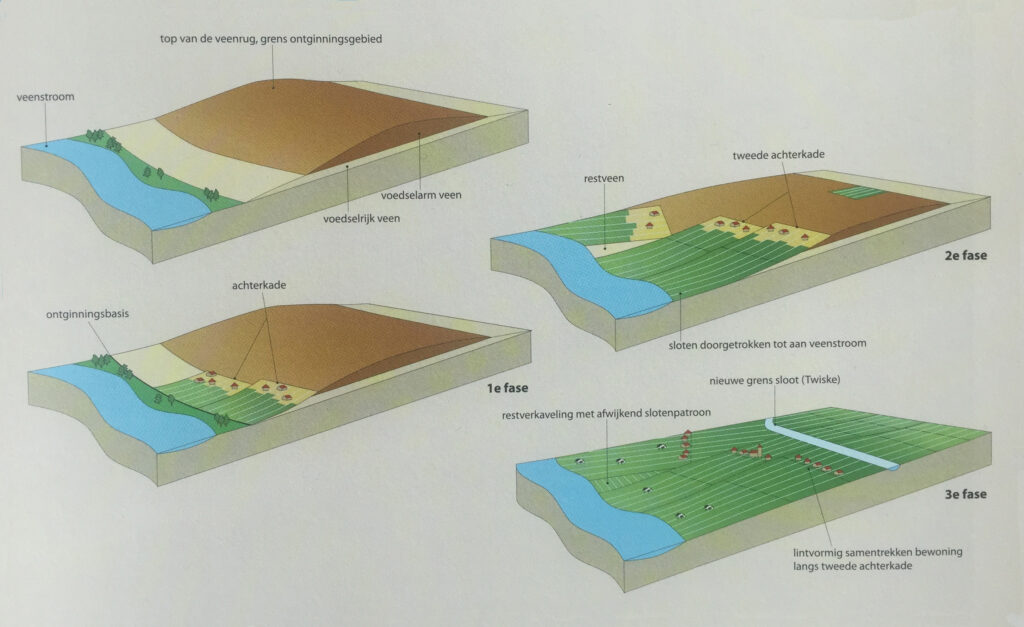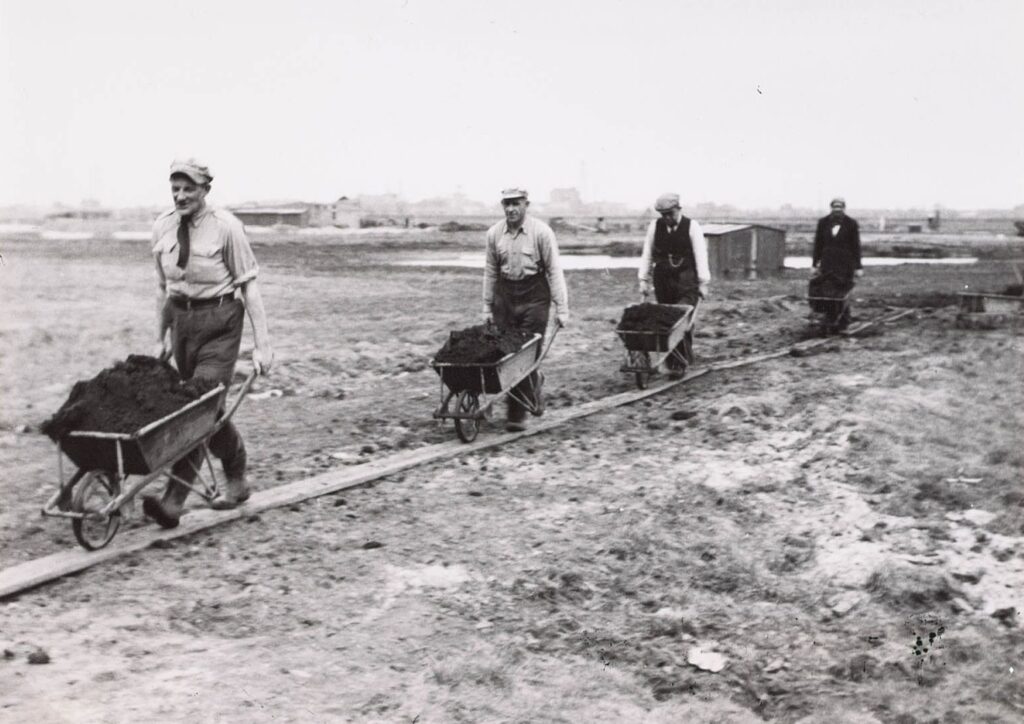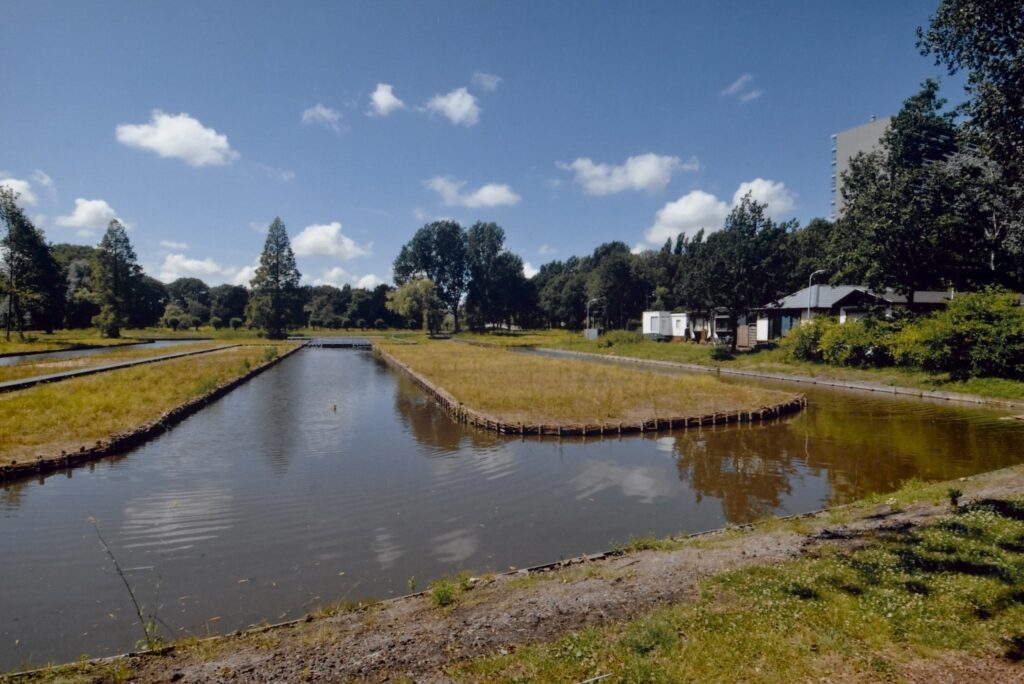In this park, which was named after Joris in ’t Veld who was the mayor of Zaandam before and after the Second World War, a small piece of the original “slagenlandschap” (landscape of plots) was reconstructed.



Leuk dat je me bezoekt! Maar deze website is nog in de maak.


